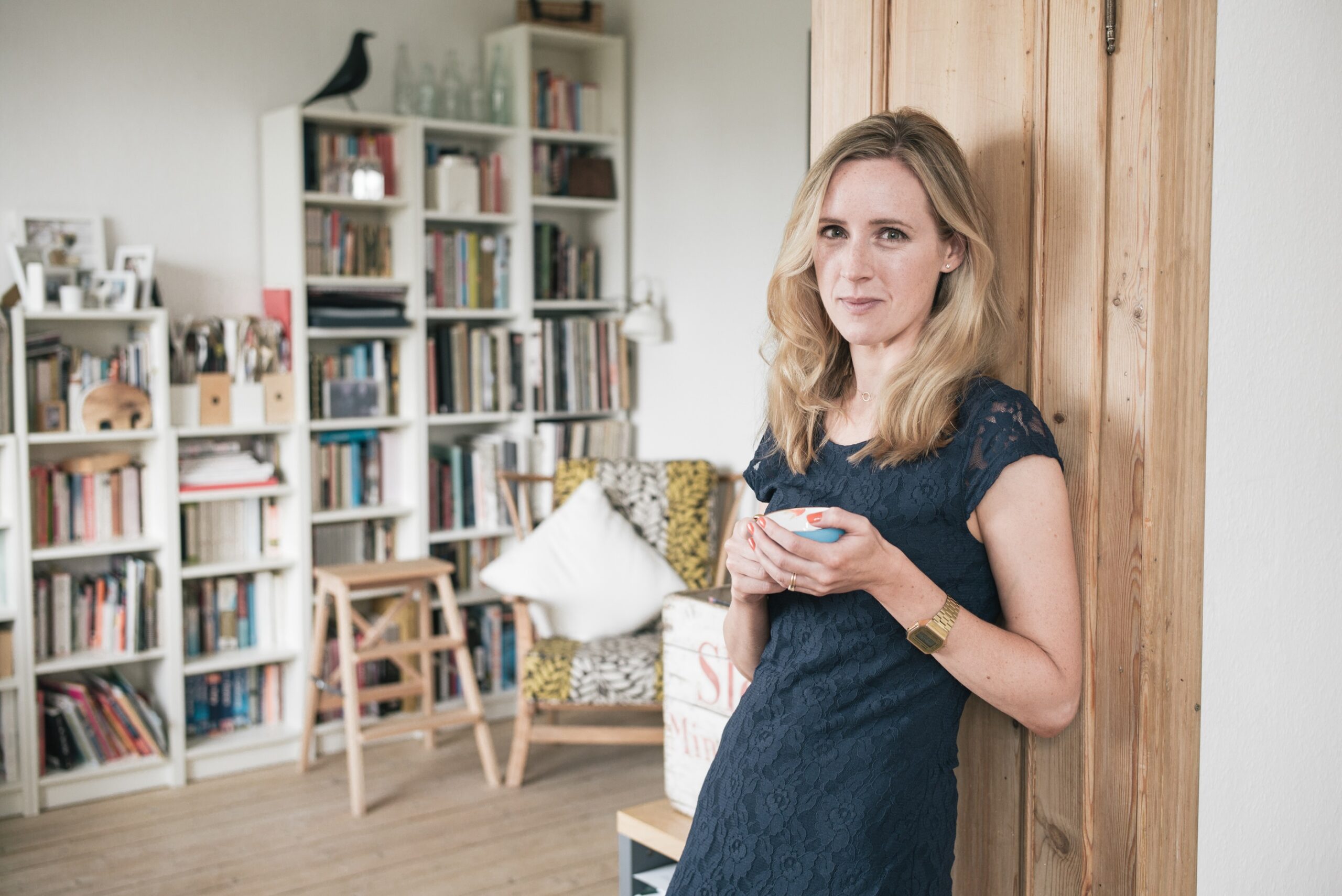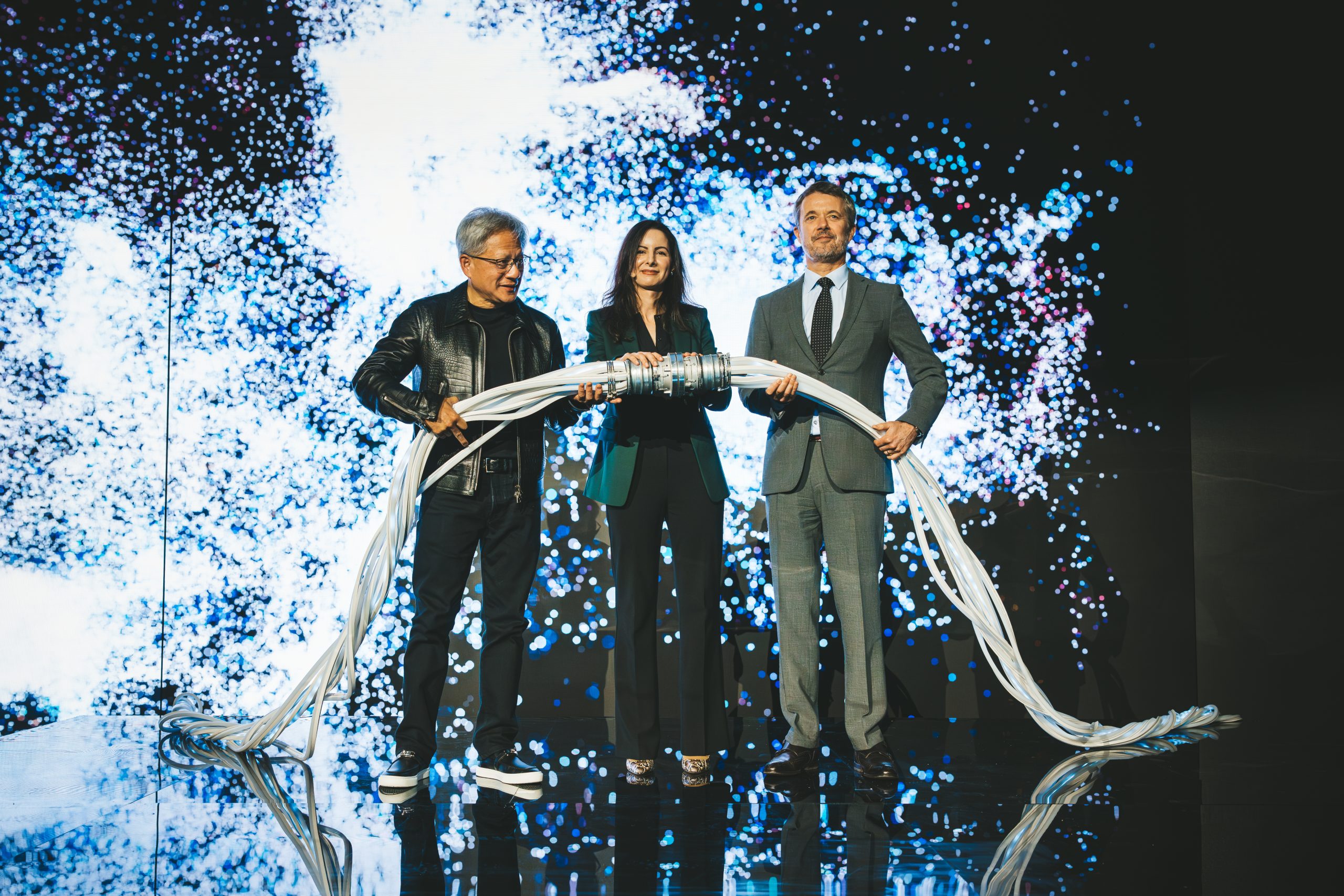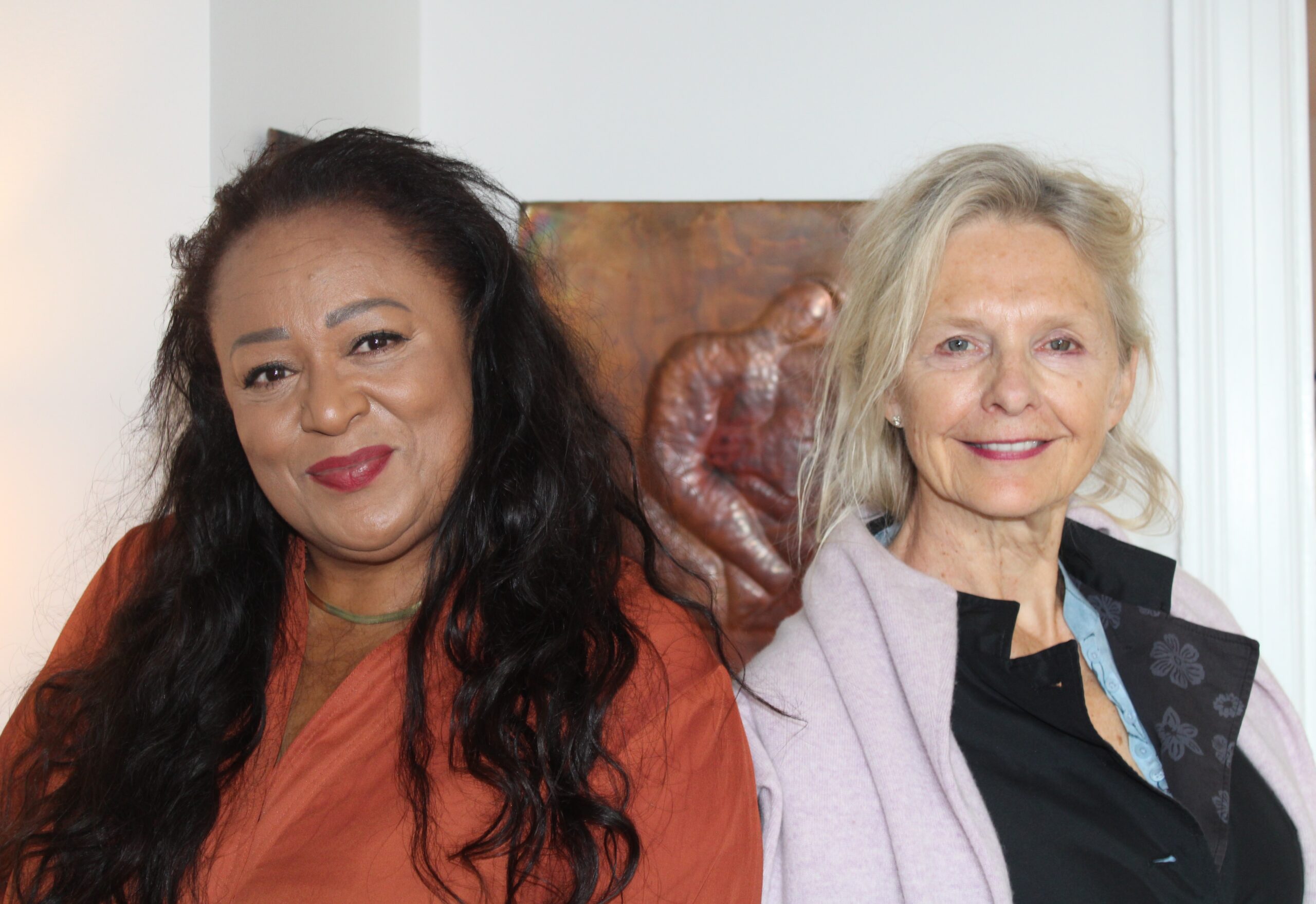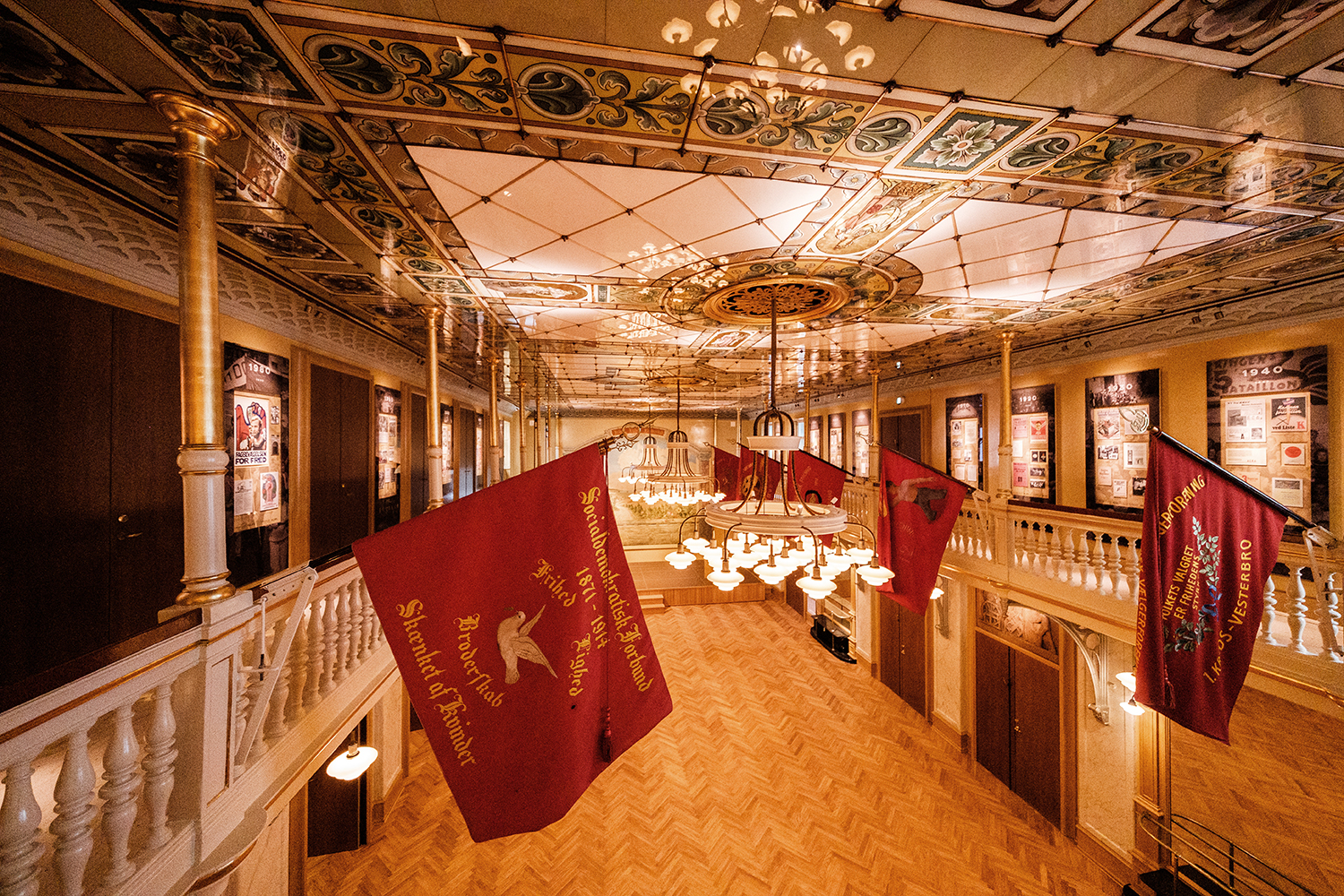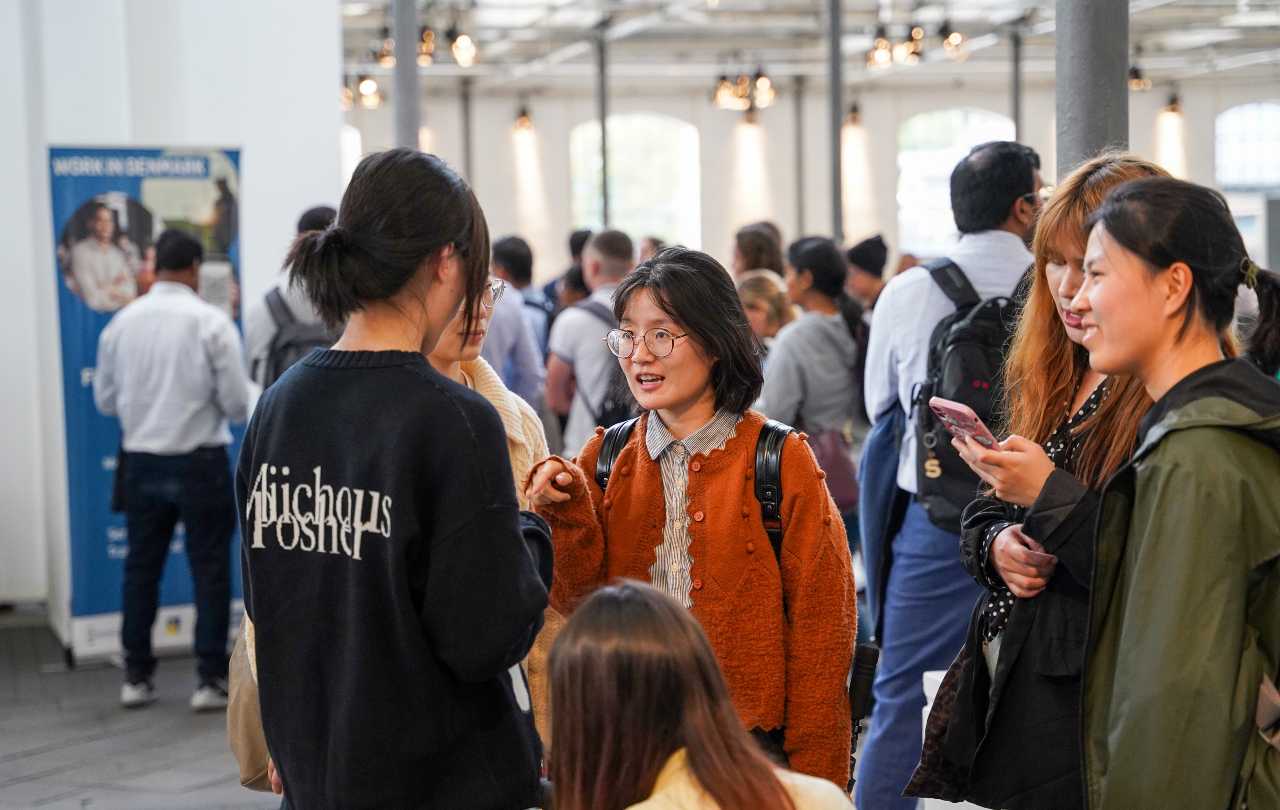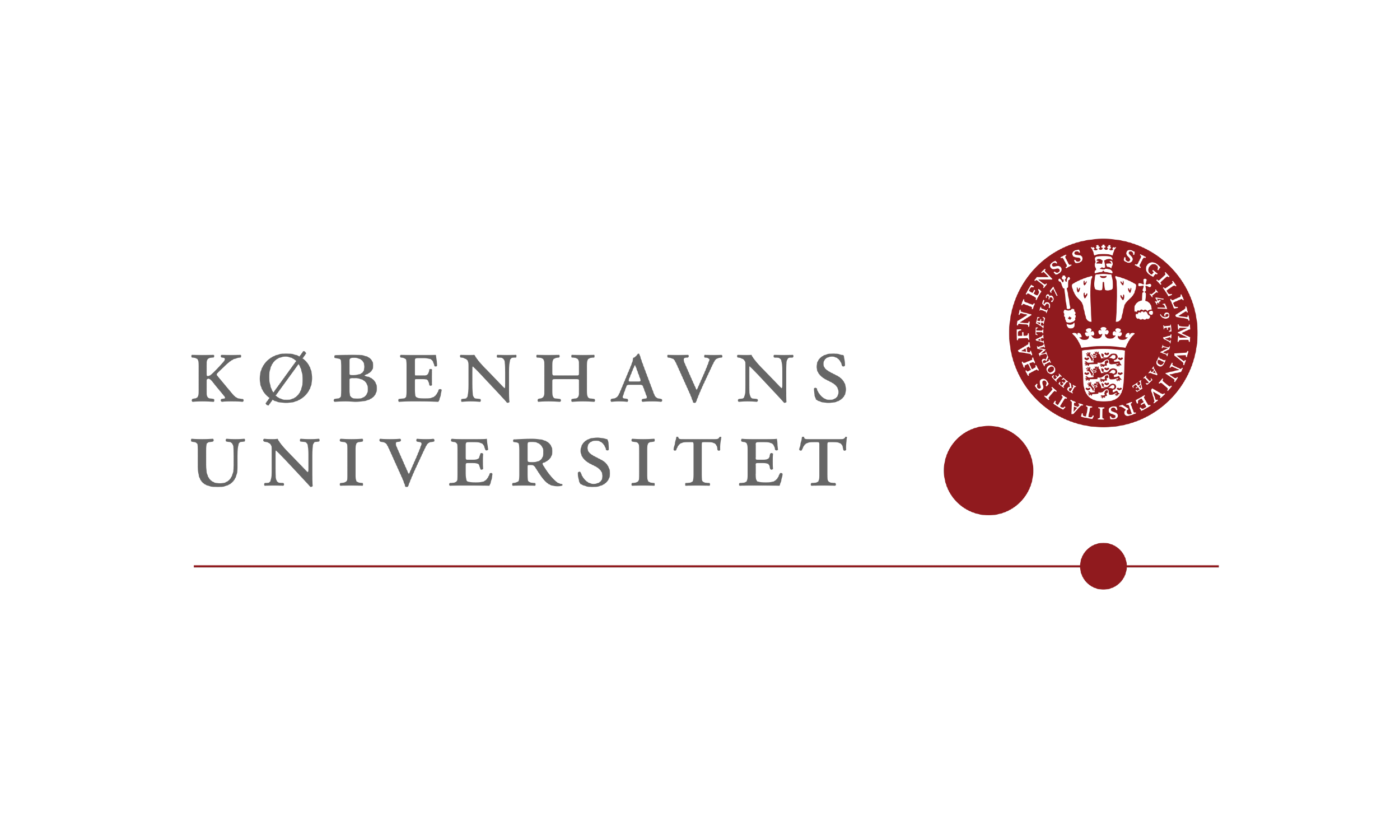Universities and secondary schools around the world are taking notice of the Danish-made virtual laboratory Labster, according to Videnskab.dk.
For a couple of years, the company has offered a cheaper alternative to students using physical laboratories for scientific experiments. A team of researchers from the University of Southern Denmark and the Danish Technical University have studied the tool’s effectiveness among students at high schools in the Boston area and upper-secondary schools in Denmark.
According to their findings, published in the scientific journal Nature Biotechnology, the technology is extremely effective.
Learning effectiveness is increased by 76 percent when students use Labster, compared to other more conventional teaching methods, and 86 percent of students believe that teaching is more motivating when they use Labster.
Learning and playing
Mads Tvillinggaard Bonde, the head of Labster, highlights students’ motivation as being all-important for their learning. “Labster is designed like a modern computer game,” he said to Videnskab.dk.
“You get faced with different intellectually challenging problems that you get points for solving. As well as the problems challenging the grey matter, they’re really exciting. Among other things, you need to solve a murder in the best CSI style.”
Bonde believes that learning and play are compatible and that the interplay between the two can be used effectively. “They can be one and the same thing,” he said.
“We can see that the students can sit concentrating for several hours in a row and experiment with Labster. That’s because we mix heavy, professional information with interactivity and games sequences.”

